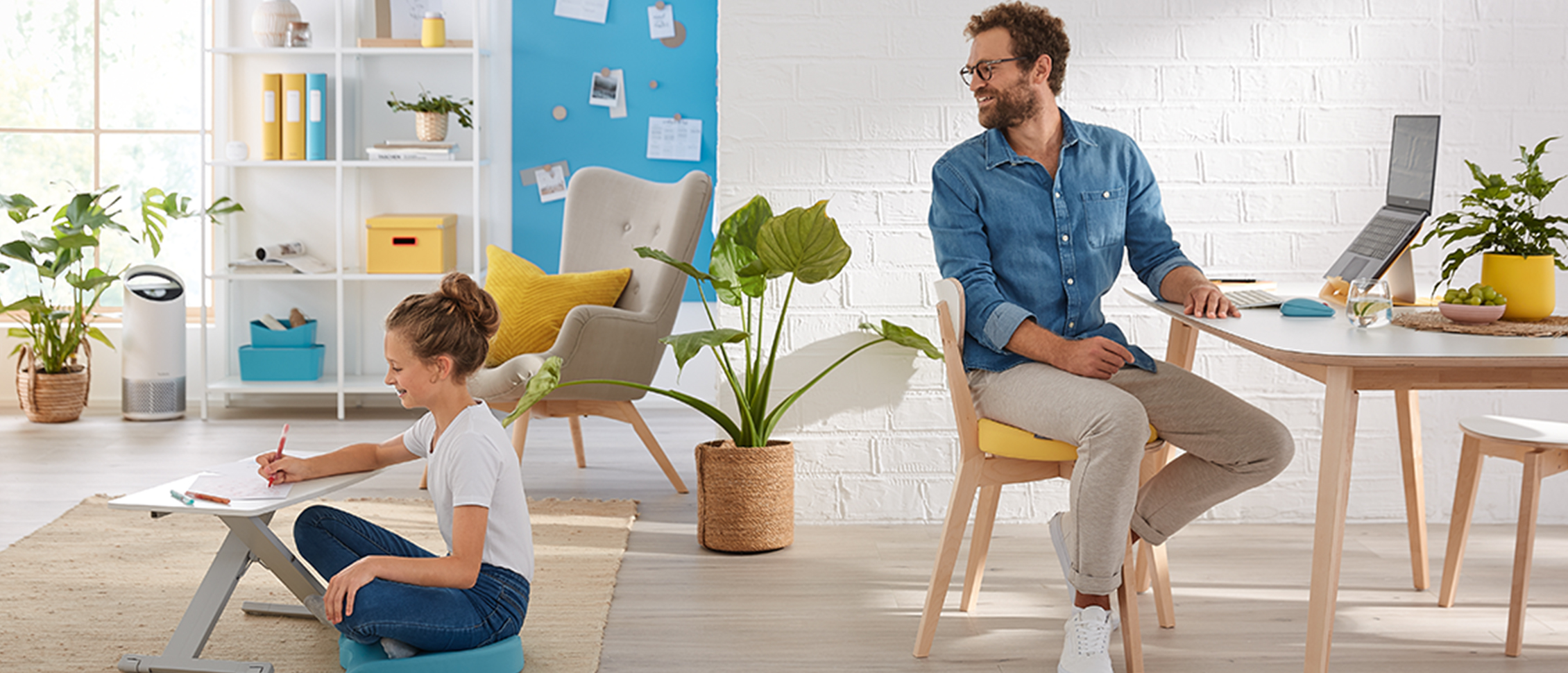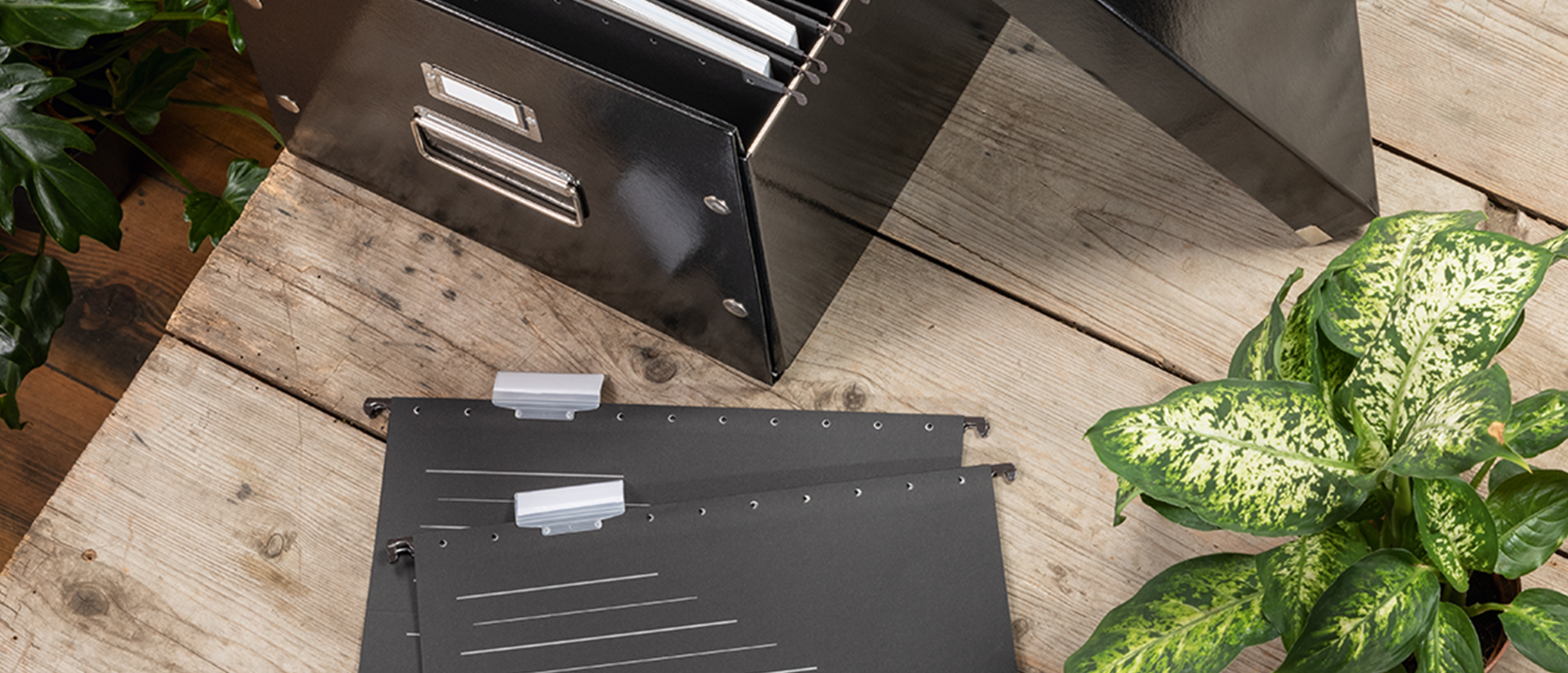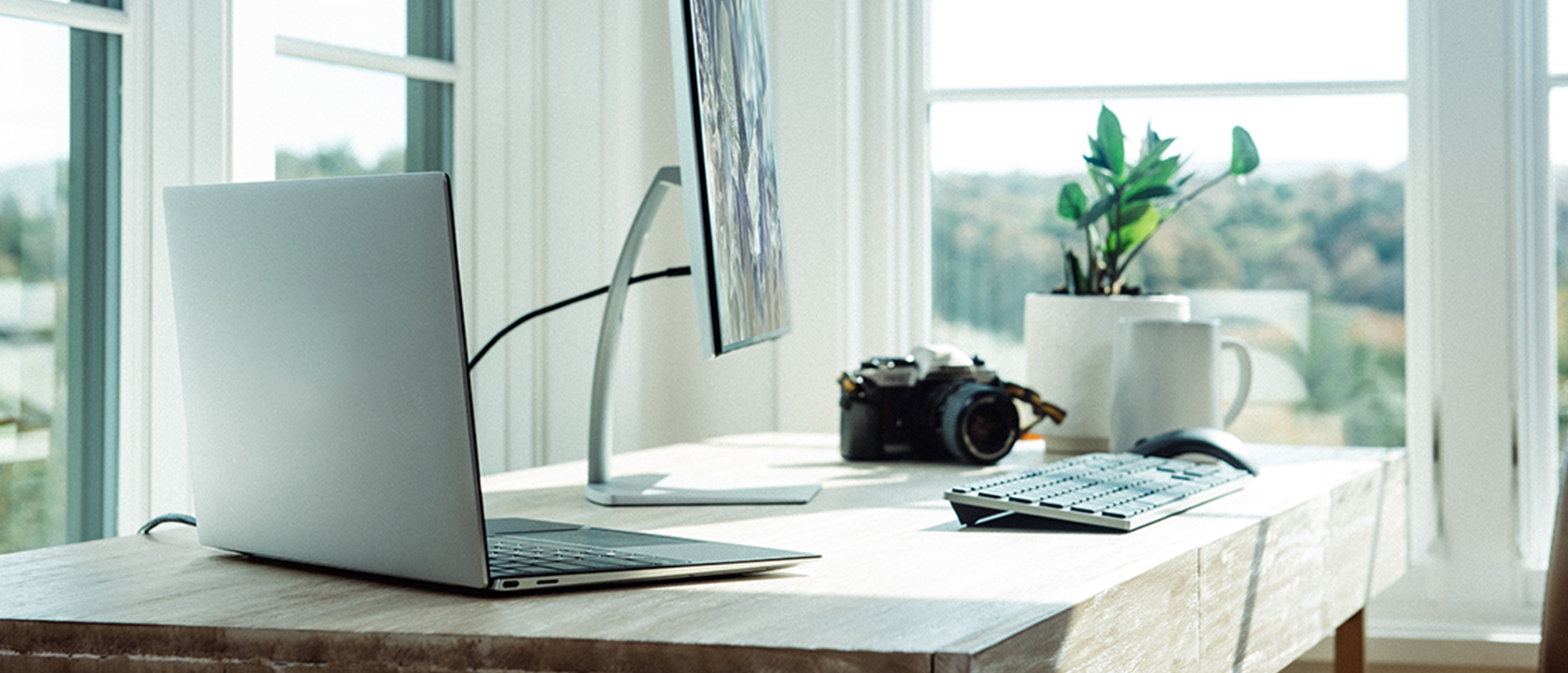Could Creating a Greener Home Office Also Save You Money?
10.02.2022

Whether you’re new to working from home, or you’ve been remote working for a while, you will have probably noticed that your utility bills have been higher compared to when you worked in the office. This is because you’ll be using more energy and will also want to ensure you’re kitted out with the best home office essentials, which will all cost money. You could also be worried about the effect your working habits are having on the environment, and how you can implement environmental practices in the workplace to reduce your impact.
Luckily, there are plenty of ways to be more eco-friendly when working from home that can also save you money. Whilst working from home reduces your carbon footprint already, as you won’t be commuting, by creating a green home office you can further reduce your impact on the environment and also reduce your bills. Below are the best ways to be sustainable when remote working.
Reduce Energy Use
The simplest way to improve your sustainability at work is to find sustainable ways of working with your electronic devices. By reducing the amount of energy you use every day, you can not only reduce your carbon footprint but also save money on your energy bills.
Laptops
You can start with what devices you use. If you’re just setting up your home office, consider getting a laptop instead of a desktop computer. Laptops use considerably less electricity than desktops – laptops use around 30 to 70 watts per hour and desktop computers use between 60 to 300 watts per hour. Using a laptop can also be more beneficial if you are hybrid working or travel for work, enabling you to easily take everything you need with you. Desktop computers provide much less flexibility for working, as well as costing more money to run and being worse for the environment. By ensuring you have the right ergonomic products to work with your laptop, like an adjustable laptop stand, you can also have a workstation that’s set up for correct posture, so you won’t have to sacrifice any ergonomic benefits that might come with using a desktop.

Power Saving Settings
You should ensure your devices are set up with the right power saving settings, to reduce their electricity consumption. With these settings, your device will automatically switch off or go into sleep mode when it’s not been in use for a specific period of time, which will prevent energy from being wasted. You should make sure you switch off screen savers on your computer so the screen isn’t using any extra power when you don’t need it to.
You can also adjust the screen brightness, so it uses less energy. You shouldn’t have the screen too dim, as this could cause eye strain. However, you might be able to reduce the brightness to a point where everything is easily visible, but it still uses less power. Research shows that even just reducing the brightness from 100% to 70% will save around 20% of the energy used by the monitor, and most people won’t notice too much difference in visibility between the two settings.
You should also make sure to completely turn your computer off at the end of every working day, rather than leaving it on standby. Powering up your computer will use a small surge of power to turn everything on, so it’s best to leave it on sleep or standby mode during the day when you will be using it frequently. But for overnight or long periods where you won’t be using your computer, you should ensure it is properly turned off. Your computer will still be using power even if it is in sleep or standby mode, which will cost you money on your energy bills and will also waste power. Plus, when your computer is left on standby, it will heat up, which can damage the components. Another benefit to switching your computer off completely is that computers will perform better if they have a chance to completely reboot every now and then. So, turning your computer off for long periods when it’s not in use can help to extend the life of the device.
Reduce Your Use of Paper
Printing and Filing
You should always think first before you print something, and really consider whether you need to have a physical copy, or if you could keep it virtual. Not only does a printer use a lot of electricity, but you could also end up wasting paper. This would be bad for the environment and also mean you’ll waste money having to buy more paper and printer ink. For any documents that you do have to print, stick to just printing in black and white where possible. The cost per page to print in black ink is usually much lower than printing with colour. You should also try to always print double-sided so as not to waste paper.

If you have to use physical documents, use filing systems made from sustainable materials, like the Leitz Recycle Suspension File and Leitz Recycle Document Pockets. The suspension file is made from 100% recycled card and the document pocket is made from 90% recycled plastic – both are 100% recyclable and carbon neutral. With items from the Leitz Recycle range, you can create an eco-friendly workplace even if you can’t avoid printing.
Sustainable Writing Tools
Instead of using paper notepads or sticky notes to write things down, use a more sustainable tool like the Leitz Cosy Glass Desk Notepad or the Leitz Cosy Glass Desktop Easel. Taking notes on paper results in waste and also mean you’ll have to spend money to keep restocking pads and sticky notes. With a glass note-taking tool, you can simply take notes, wipe them away when they’re no longer needed, and use the glass pad again and again. The glass desk notepad has been designed to easily fit between your keyboard and monitor, so it will seamlessly fit into your workstation without creating clutter. The easel is great if you need more room to take notes and still has a small footprint, so it won’t take up too much desk space. Our Leitz glass notepad and easel both come in plastic-free packaging, to further reduce waste and the impact on the environment.
Smart Lighting
When setting up your home office, you should aim to get as much natural light as possible, so you can avoid using energy for artificial light. However, if you don’t have a suitable space or just if you’re working when it’s dark, you should use LED bulbs instead of incandescent bulbs. LED bulbs use around 75% less energy than incandescent bulbs, which means they’re better for the environment and will also save you money on your energy bills.

You should make sure you always turn the lights off when you leave your home office and use a dimmer switch where possible so you can adjust to the appropriate amount of light. You could look into smart lamps that use ambient light sensors to adjust the brightness to each type of task that you need and switch off automatically when you leave the connectivity zone. By using smart lighting, you can easily save energy and also money on your bills, and never have to worry about wasting electricity through your lighting.
Second-Hand Office Furniture
Buying second-hand office furniture will usually be much cheaper than buying brand new. Whilst you might want to get ergonomic office products, like an ergonomic office chair, brand new, other items like bookshelves and desks can be bought second-hand. This means you can bypass having to buy “fast furniture”, which is bad for the environment due to the products having a shorter lifespan, the manufacturing and shipping processes, and because these products are usually built from unsustainable materials. Buying second-hand furniture also prevents usable furniture from going into landfill.
Buying second-hand items for your home office, either online or at markets or charity shops, will usually mean you can get a higher quality item for much less money than buying new, and it will also be much better for the environment.
Leitz has a huge range of home office essentials so you can have an eco-friendly office and improve your workplace sustainability.
Find out more ways to be sustainable when working from home with these articles:
10 Simple Sustainable Swaps for Your Home Office
How Can You Avoid Wasting Paper Working Remotely?
How Can I Be Environmentally Friendly When Working from Home?